10 Best High-Protein Foods for Women Over 40

Looking in the mirror these days, you might notice subtle changes in your body that weren't there in your 30s. That's because after 40, our metabolism naturally slows down and maintaining muscle becomes more challenging—making what we eat more important than ever. Discover the powerhouse proteins that can help you stay strong, energetic, and healthy after 40 in this science-backed guide to better nutrition.
Why Protein Becomes More Important After 40
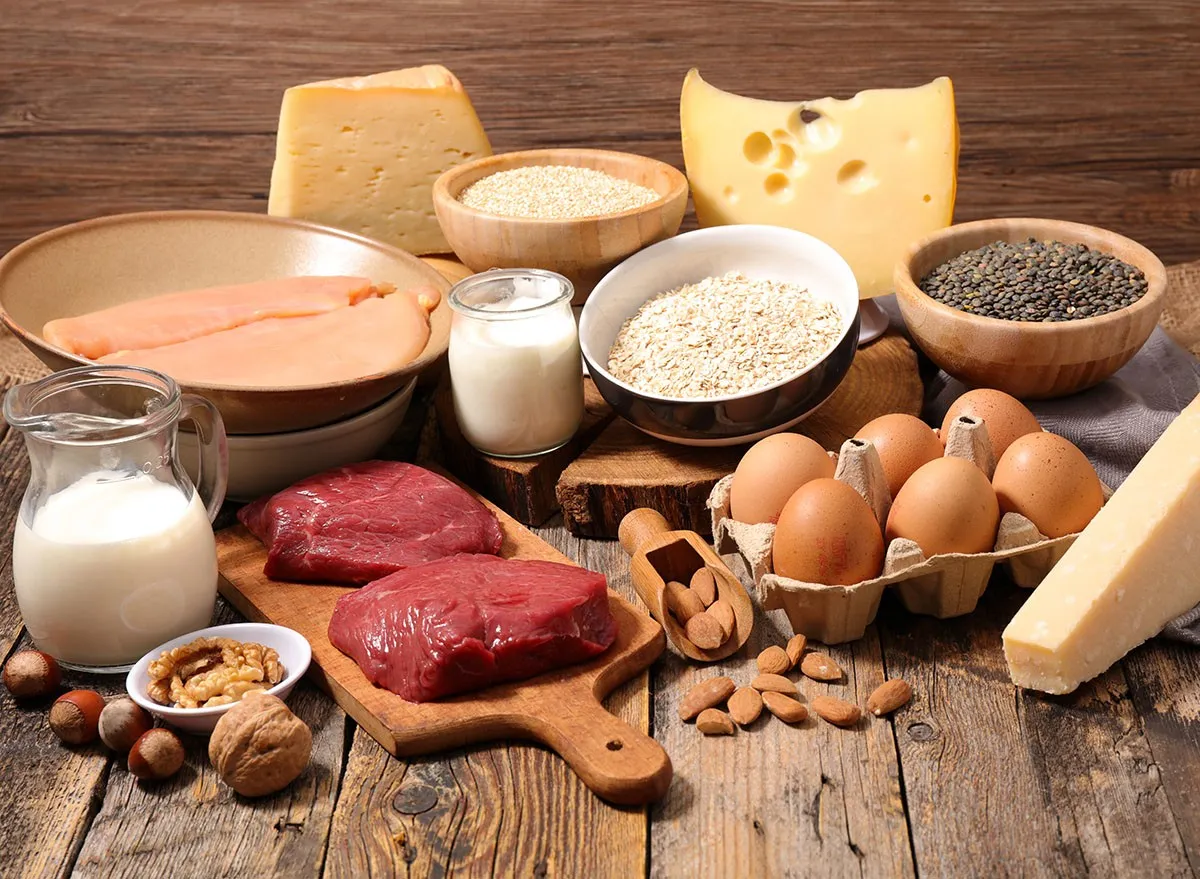
After 40, our bodies go through significant changes that make protein more important than ever. Starting in your 40s, sarcopenia—the gradual loss of muscle mass and strength with age—begins to set in, making it crucial to increase protein intake to maintain muscle mass, independence, and quality of life. For women specifically, adequate protein helps combat age-related metabolic changes, supports bone health, and helps maintain a healthy weight.
Once you're between 40 and 50 years old, your protein needs increase to about 1-1.2 grams per kilogram of body weight daily, compared to the 0.8 grams recommended for younger adults. This higher intake helps prevent sarcopenia and maintain muscle quality in older adults.
Dr. Douglas Paddon-Jones, researcher at the University of Texas Medical Branch, explains: "To maximize muscle protein synthesis while being cognizant of total energy intake, we propose a dietary plan that includes 25–30g of high-quality protein per meal". This approach is more effective than simply increasing total daily protein. Read on to discover the best high-protein foods for women over 40.
Greek Yogurt
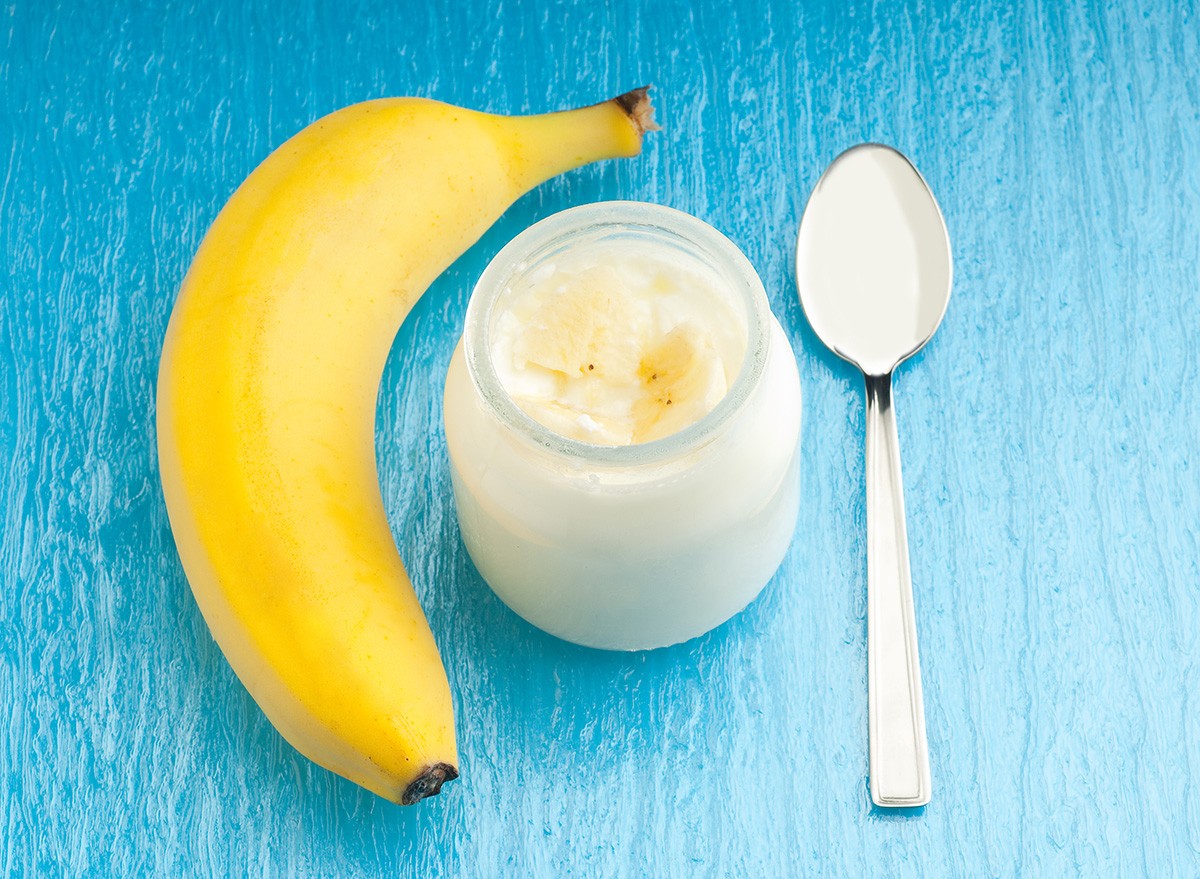
Greek yogurt plays a starring role in protein-rich meals. A banana, Greek yogurt, and a hard-boiled egg together deliver about 19 grams of protein. Greek yogurt provides about 17 grams of protein per 3/4-cup serving—more than twice the amount found in regular yogurt.
RELATED: I'm a Nutritionist and These are the Best Banana Recipes For Weight Loss
Lean Fish (Salmon, Tuna, Trout)
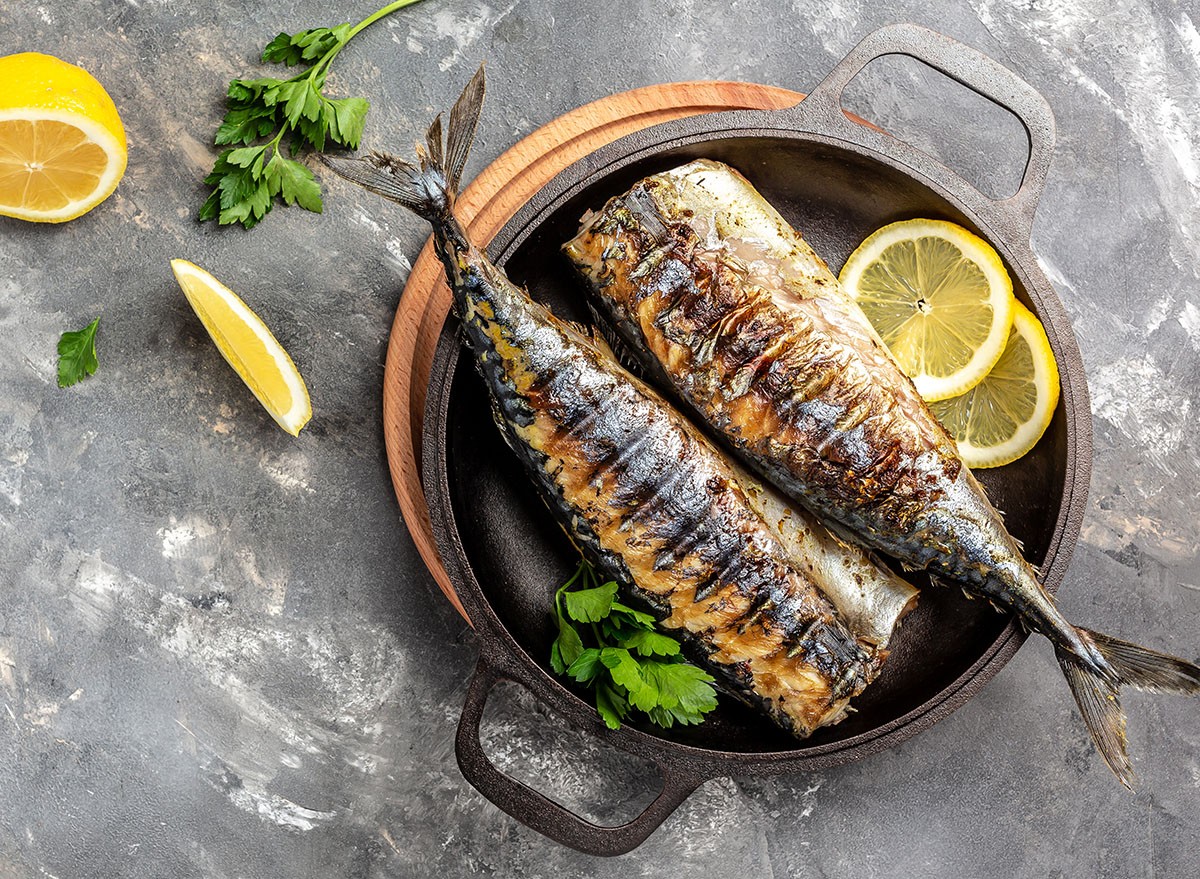
Fish like salmon, tuna, and mackerel are not only rich in protein but also contain omega-3 fatty acids, which are beneficial for heart health. A half filet of salmon contains 40.4 grams of protein, while a can of tuna has more than 40 grams. The Cleveland Clinic recommends choosing seafood options that are higher in omega-3s and lower in methylmercury.
Eggs
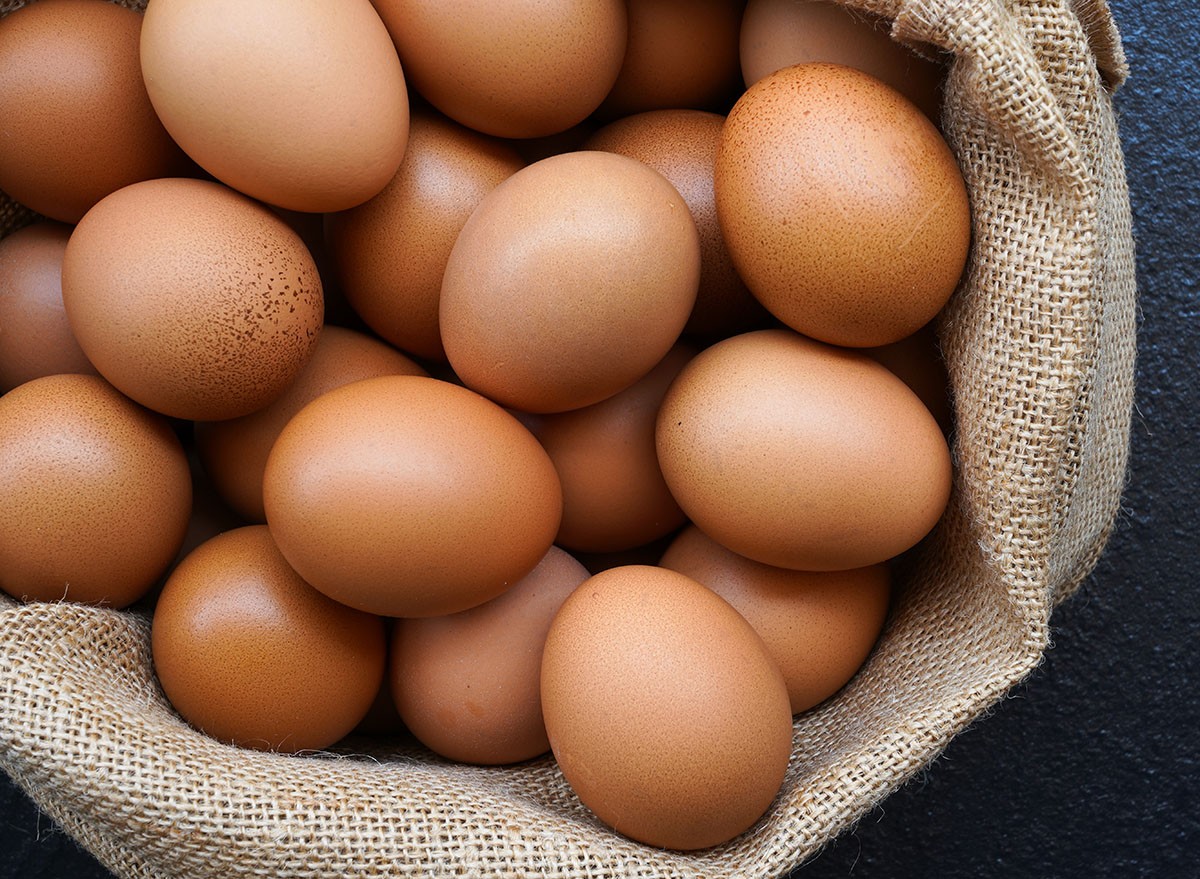
One large hard-boiled egg provides 6.3 grams of protein. Eggs are incredibly versatile and can be incorporated into any meal. Research shows that supplementing the diet with protein plus a regimen of heavy resistance exercise leads to the most improvement in muscle mass and strength in healthy older adults.
Lean Poultry
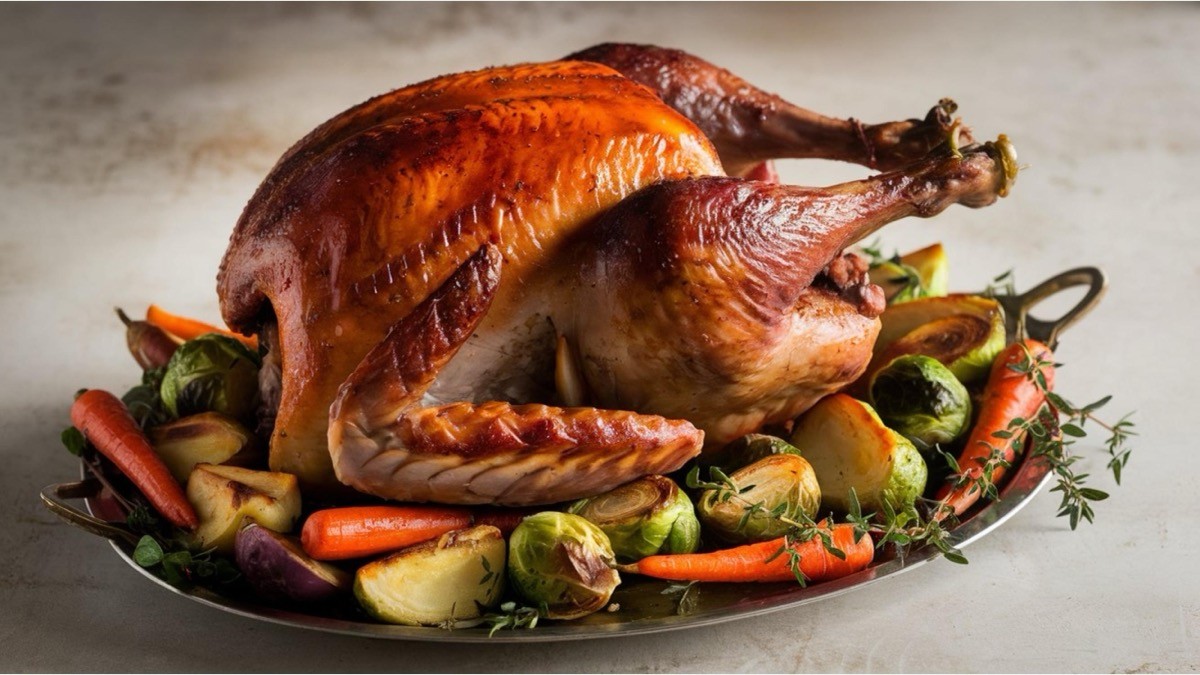
A 3-ounce chicken breast with a half-cup of rice and vegetables provides about 25 grams of protein. Turkey breast is another excellent option with about 26 grams of protein per 3-ounce serving, and it contains almost no fat while providing B vitamins, niacin, zinc, iron, and magnesium.
RELATED: 20 Foods You Didn't Know Were Ultra-Processed
Lentils and Beans
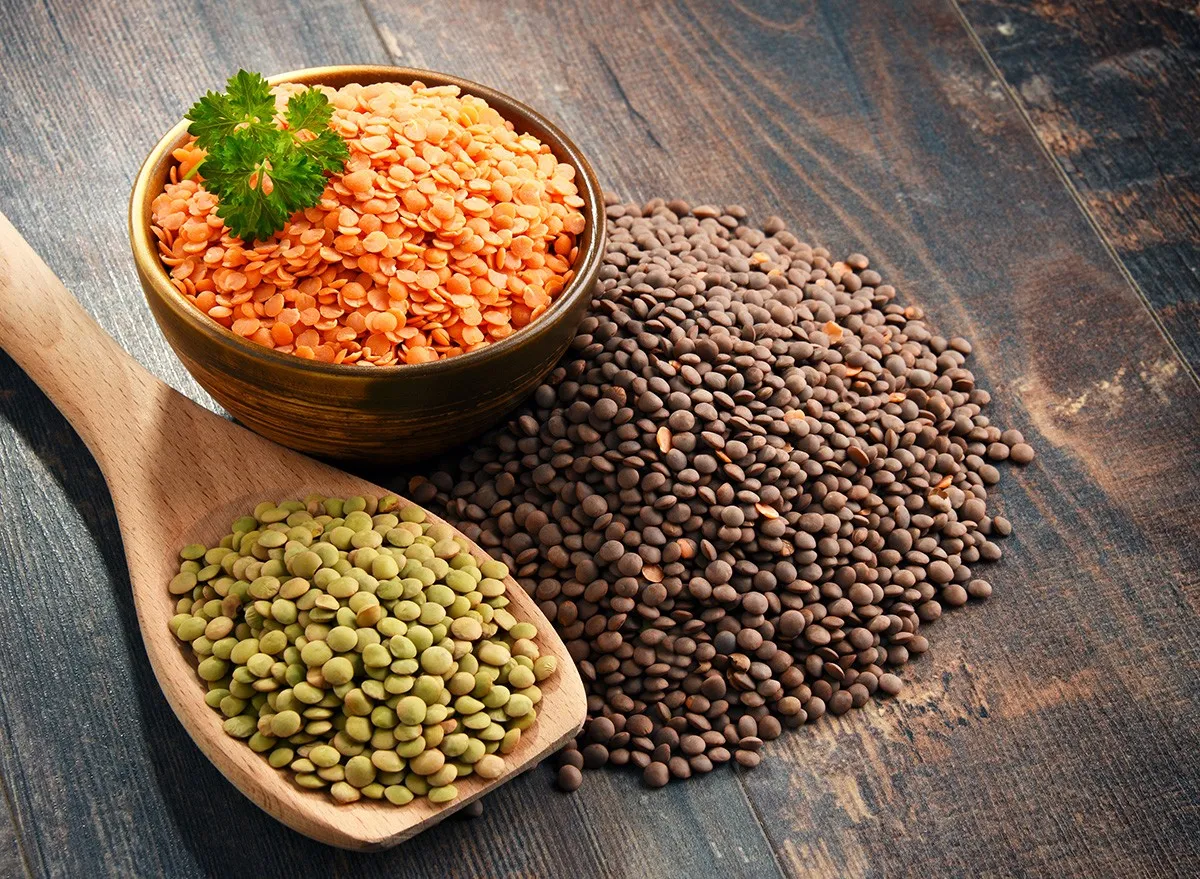
Lentils are a good high-protein food option, especially for people who follow plant-based diets. One cup of lentils contains about 17.9 grams of protein, along with lots of vitamins, minerals, and fiber. The Mayo Clinic identifies plant sources such as beans, lentils, nuts, seeds, and soy as among the healthiest protein options.
Cottage Cheese
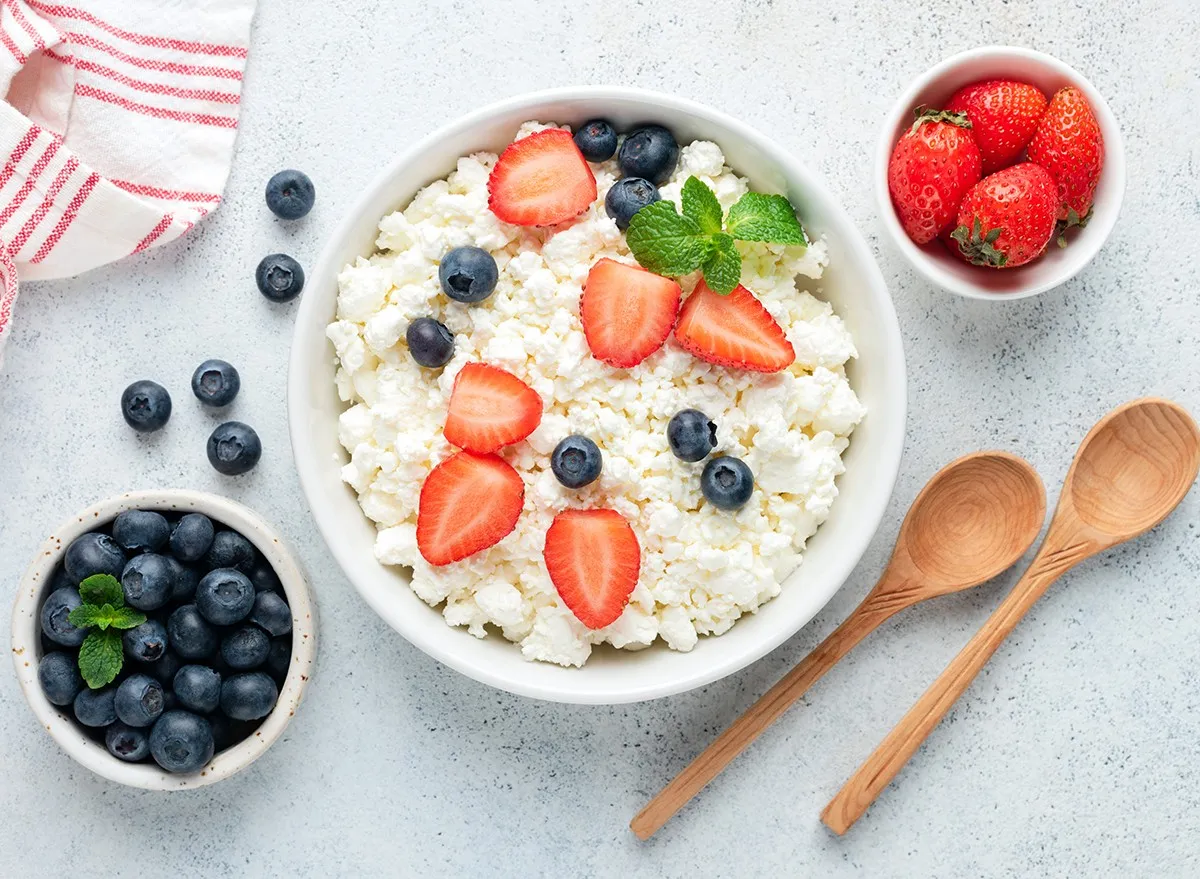
Cottage cheese is an excellent source of protein that's easy to incorporate into meals. Dairy products like cottage cheese are rich in protein, calcium, and other essential nutrients. It can be eaten alone or mixed with fruits for a protein-rich snack.
Nuts and Seeds
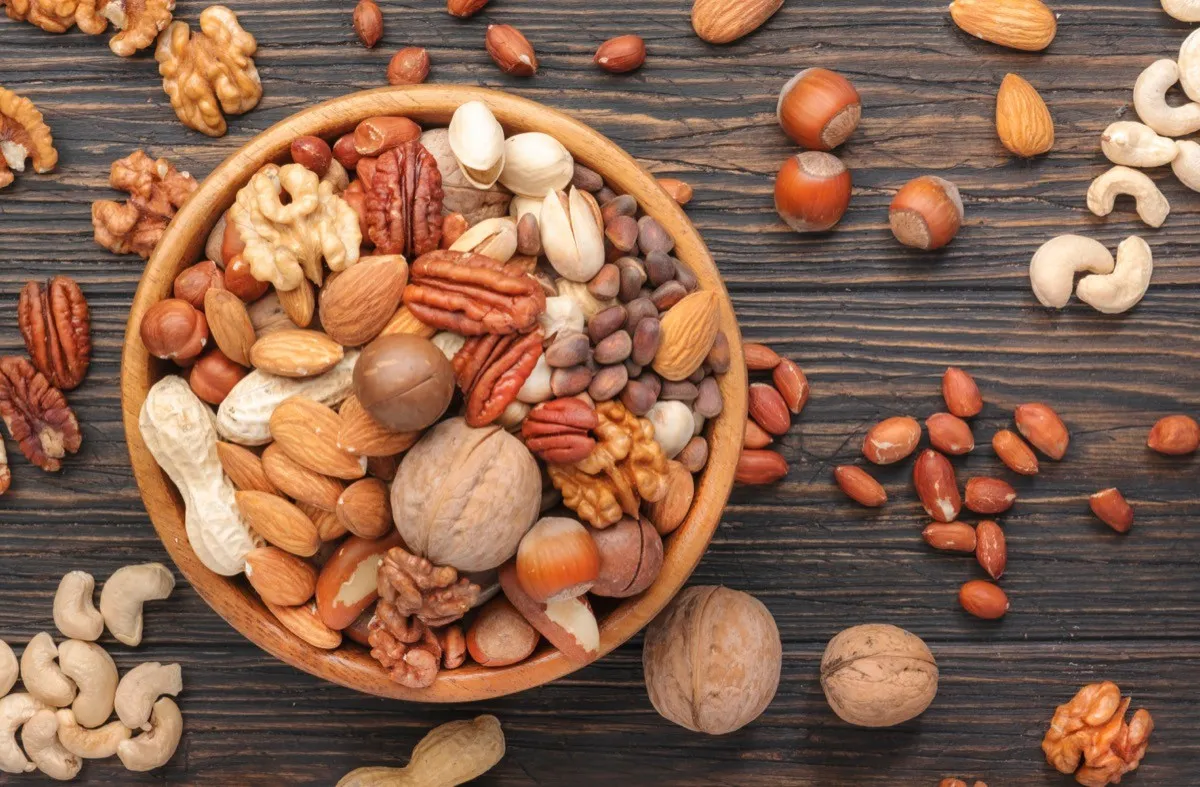
Almonds contain a good amount of vitamin E, magnesium, and phosphorus along with fiber to help you stay full longer. One cup of dry roasted almonds has about 30 grams of protein. Other excellent options include walnuts, chia seeds, and pumpkin seeds.
RELATED: What Happens When You Quit Soda, According to a Nutritionist
Lean Beef
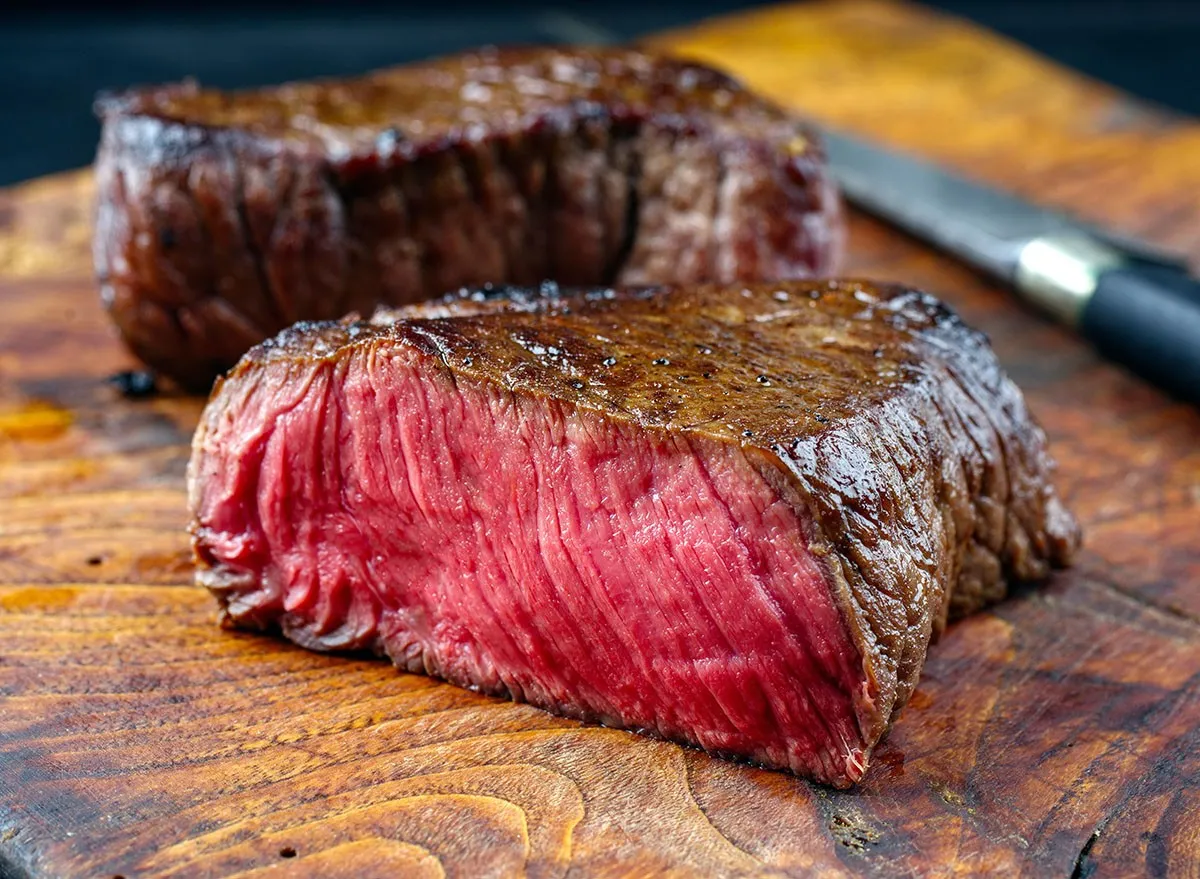
Lean beef is a good source of protein, iron, zinc, and selenium. For optimal protein intake, Mayo Clinic recommends including foods with the amino acid leucine, which has been shown to preserve body muscle. "Leucine is found in higher amounts in animal foods: beef, lamb, pork, poultry, fish, eggs, milk and products made with milk," write Mayo Clinic experts.
Quinoa
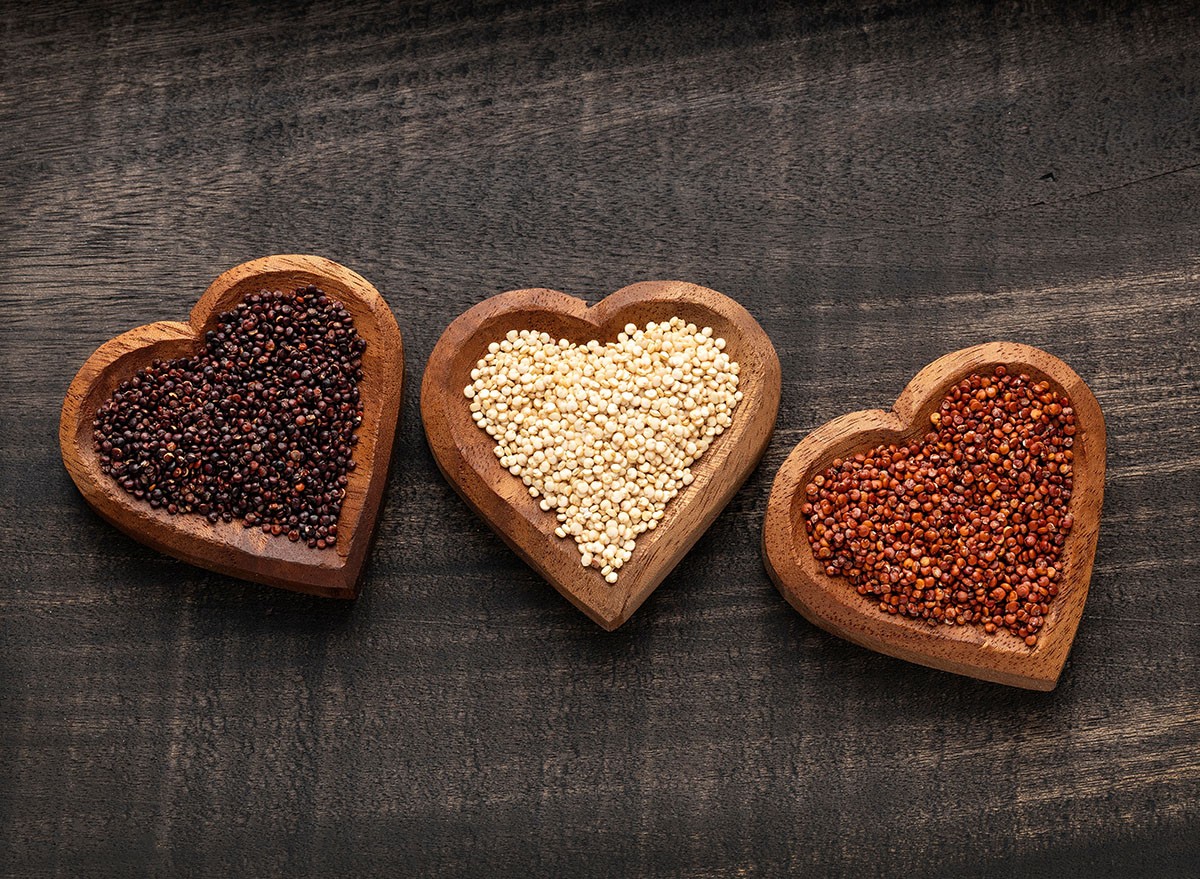
Harvard Health identifies quinoa as a protein-rich food that's particularly beneficial for adults. It's higher in protein than many other grains and provides a complete protein source that's excellent for vegetarians.
Soy Products
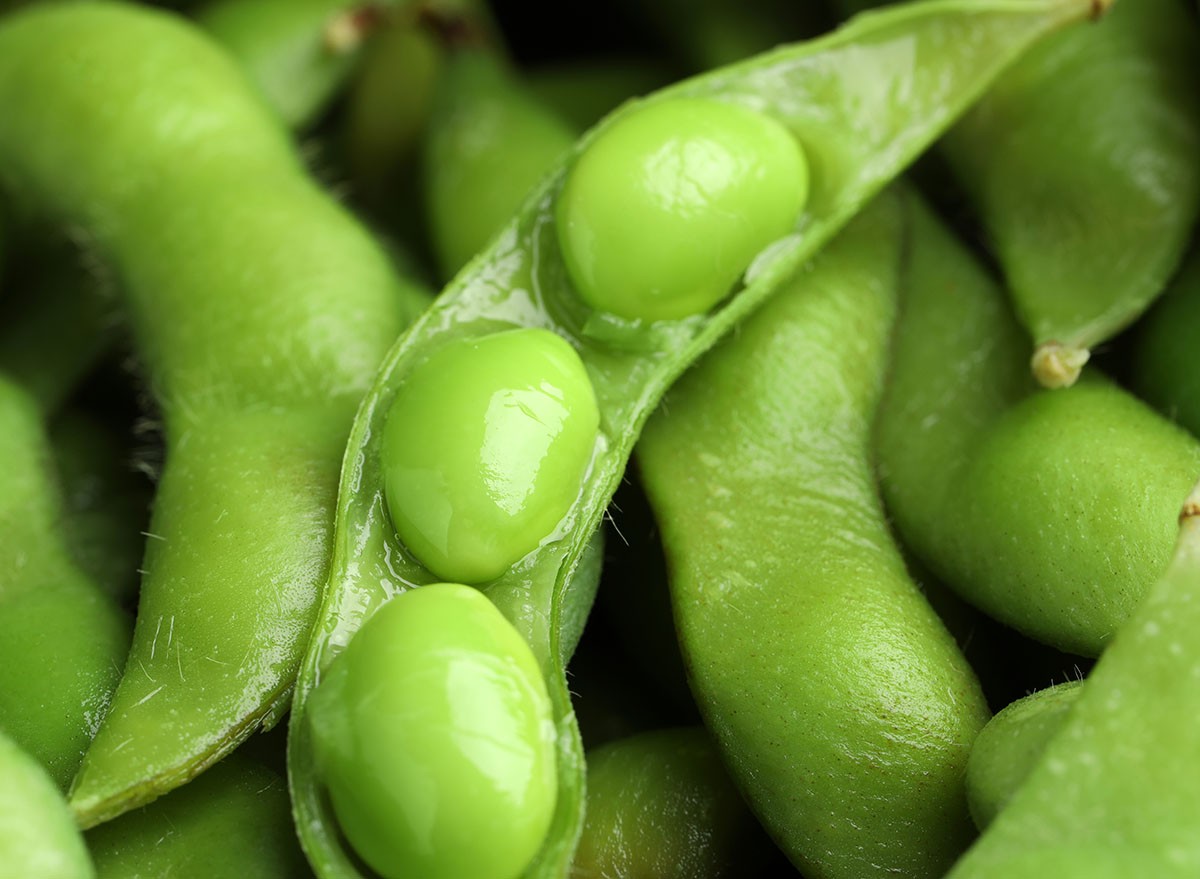
Soybeans are a type of legume and a good source of plant-based protein. Just 3.5 ounces of boiled soybeans contain 18 grams of protein. They also contain antioxidants linked to health benefits. Tofu, tempeh, and edamame are all excellent soy-based protein options.
RELATED: 8 High-Protein Foods with Nearly Zero Calories That Melt Fat
How to Incorporate These Proteins into Your Diet
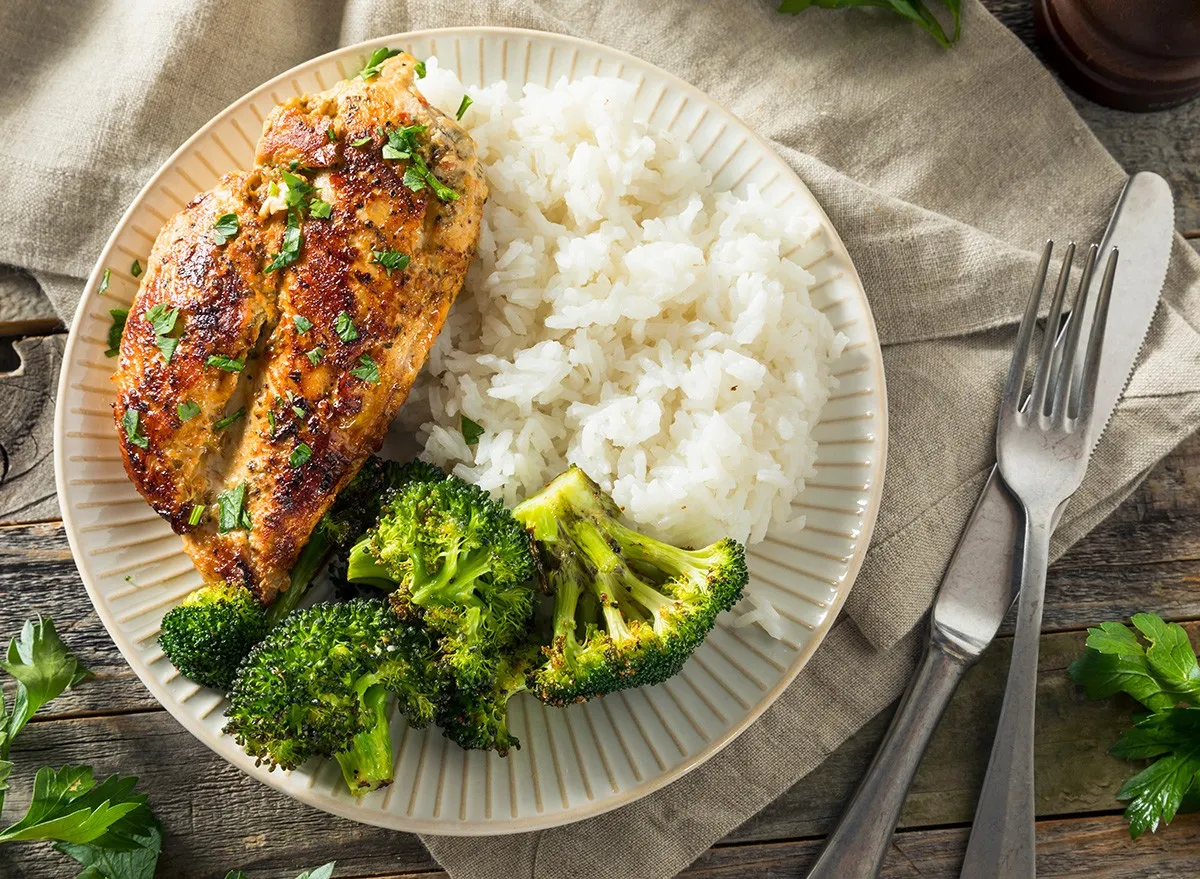
Research suggests our bodies can only process about 20 to 40 grams of protein at a time. That means you shouldn't plan on getting a day's worth of protein in one or two meals. Rather, try to get some protein at every meal and supplement with healthy snacks that contain at least five grams of protein.
Here are some expert-approved meal ideas:
- Breakfast: A banana, Greek yogurt, and a hard-boiled egg (19 grams of protein)
- Lunch: An egg and bean burrito with a glass of milk (about 28 grams of protein)
- Dinner: A 3-ounce chicken breast with a half-cup of rice and vegetables (25 grams of protein)
- Snack: Greek yogurt with berries and nut-filled granola
The Importance of Timing
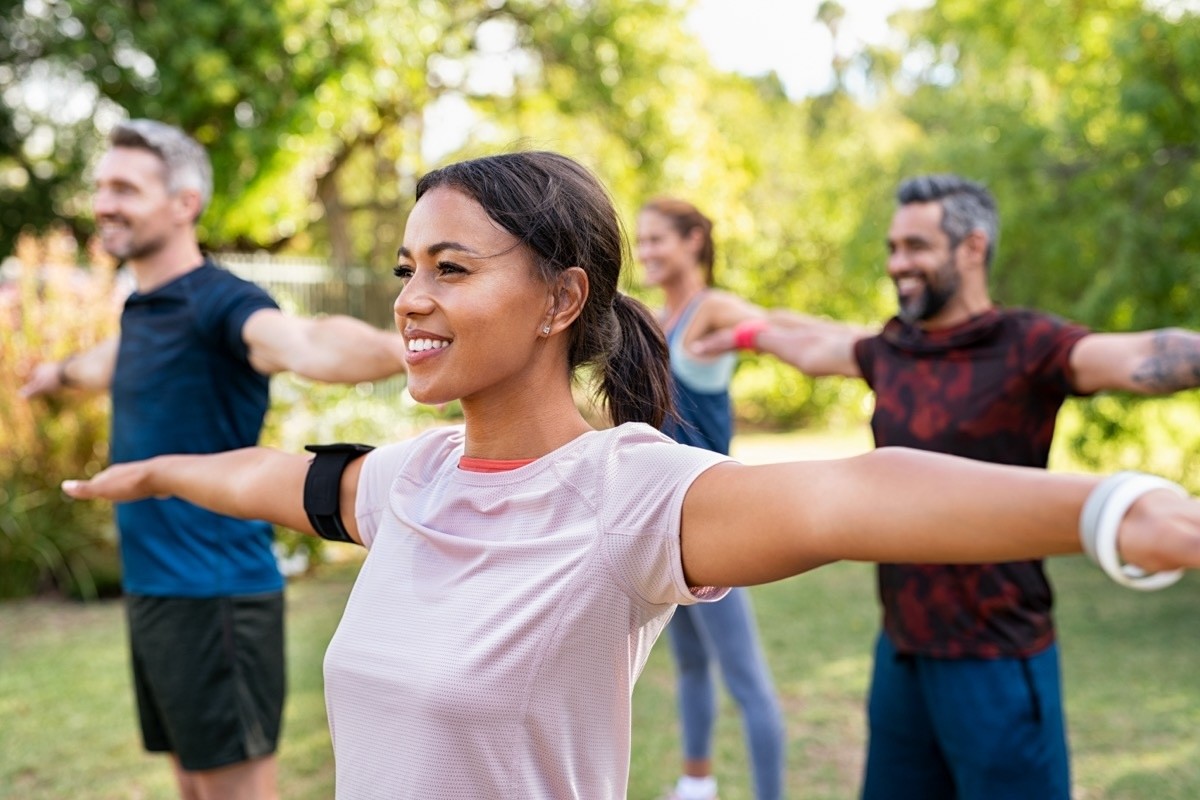
If you're trying to maximize muscle growth and boost muscle recovery, eat a high-protein snack within 30 to 60 minutes of a strength-training session. Experts recommend spreading protein consumption throughout the day, with good protein sources at each meal.
Expert Advice on Protein and Exercise
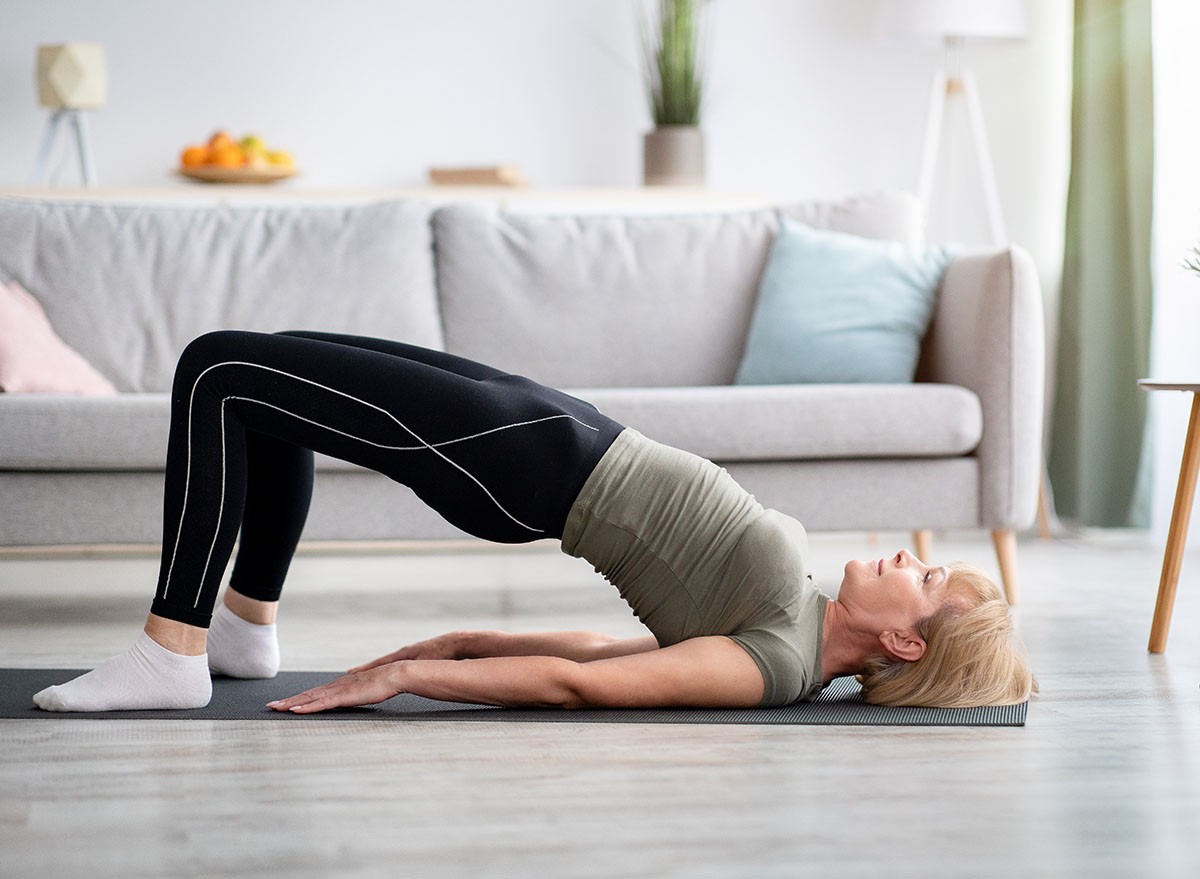
According to Cleveland Clinic, treatment for sarcopenia typically includes lifestyle changes. These modifications to your lifestyle behaviors can treat and help reverse sarcopenia. Physical activity and a healthy diet with increased protein intake are particularly important.
To help prevent sarcopenia, maintain a physically active lifestyle that includes exercises such as resistance training and aim for 20 to 35 grams of protein in each meal.
RELATED: 20 Superfoods for People Over 50
Final Word
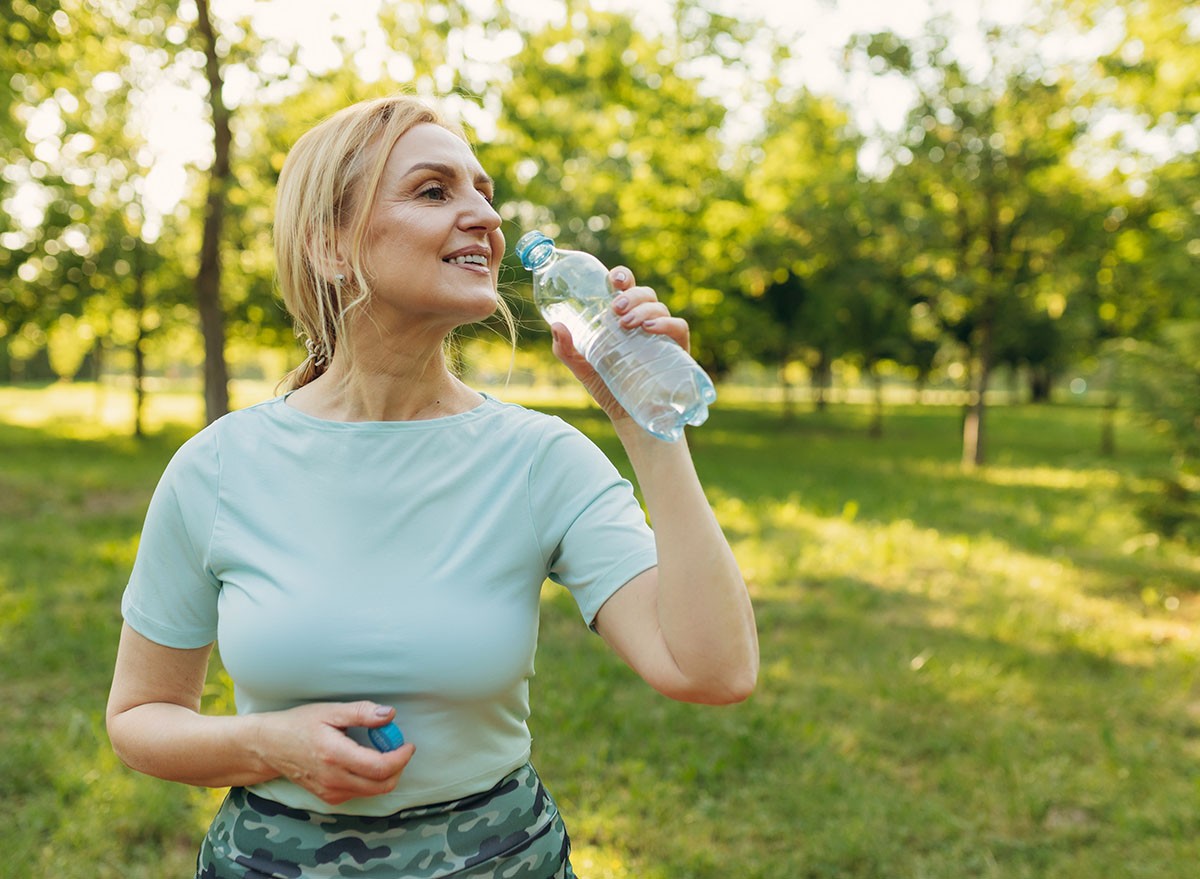
As women age past 40, prioritizing protein intake becomes essential for maintaining muscle mass, supporting metabolism, and preserving overall health. By incorporating these 10 high-protein foods into your daily diet and pairing them with regular strength training, you can help combat age-related muscle loss and maintain your strength, mobility, and independence for years to come.
Don't forget to consult with your healthcare provider before making significant changes to your diet, especially if you have kidney issues or other health concerns that might be affected by increased protein intake. And if you enjoyed this article, don't miss I'm a Nutritionist and Here Are 25 Weight Loss Truths You Need to Hear.




